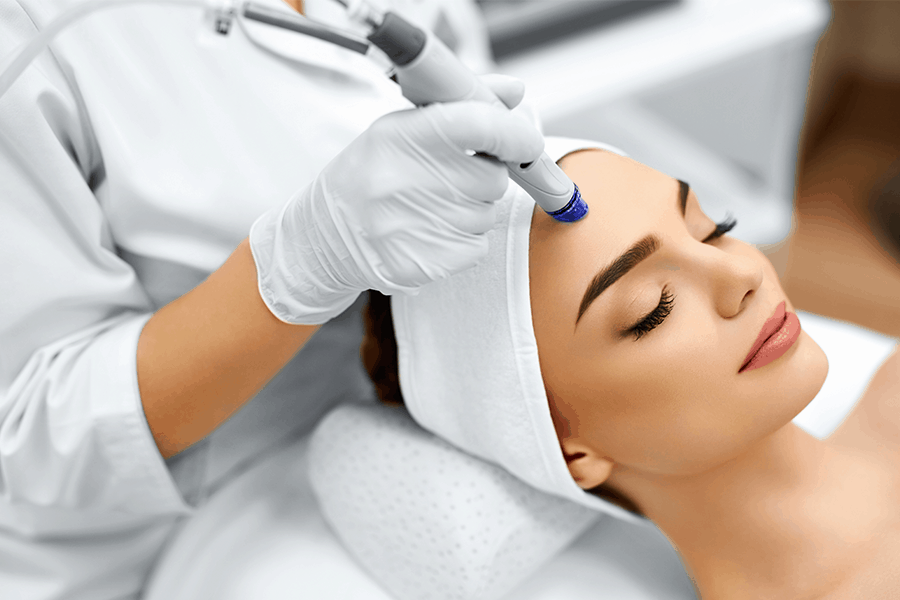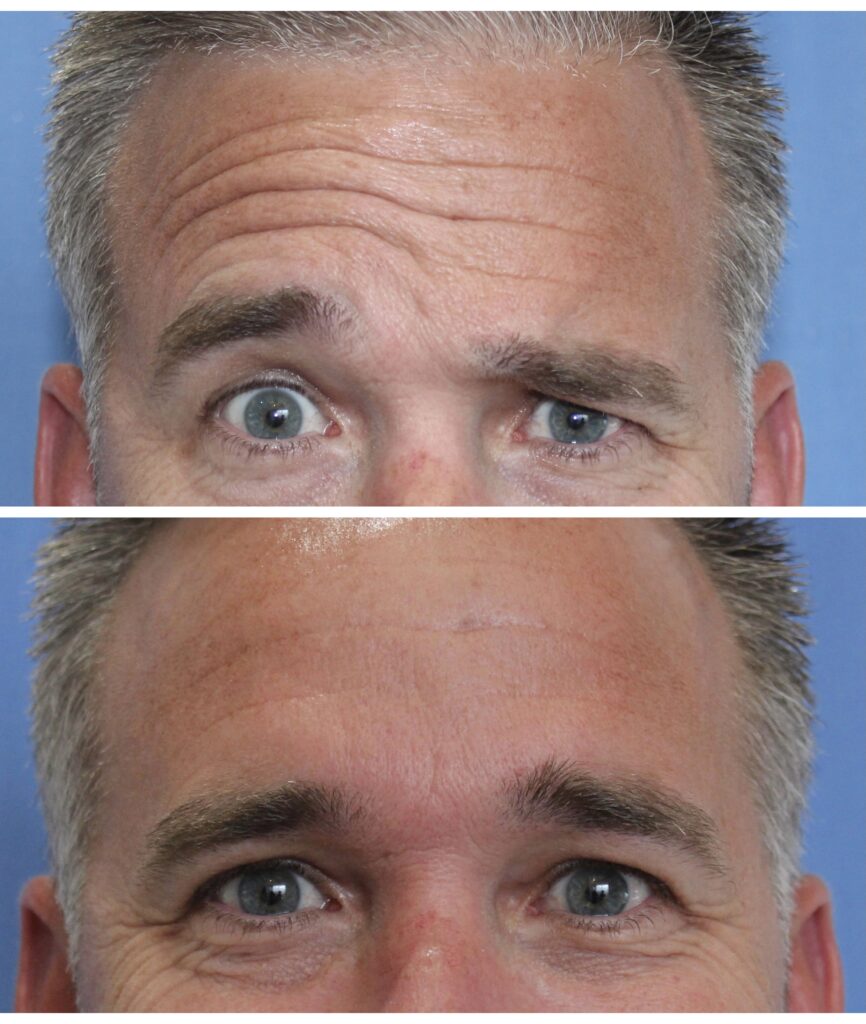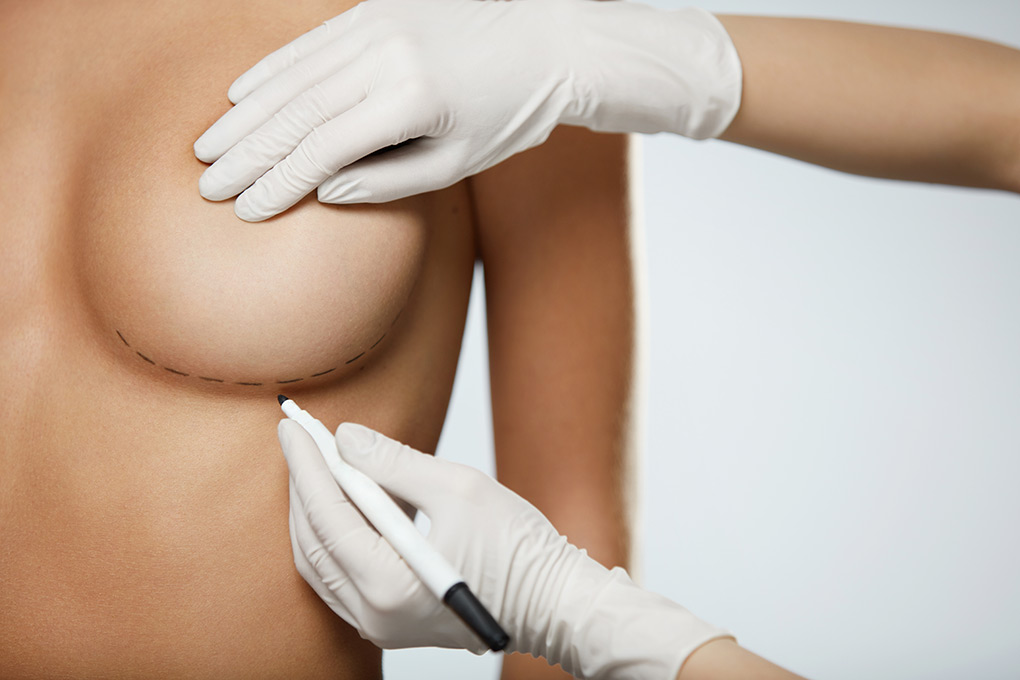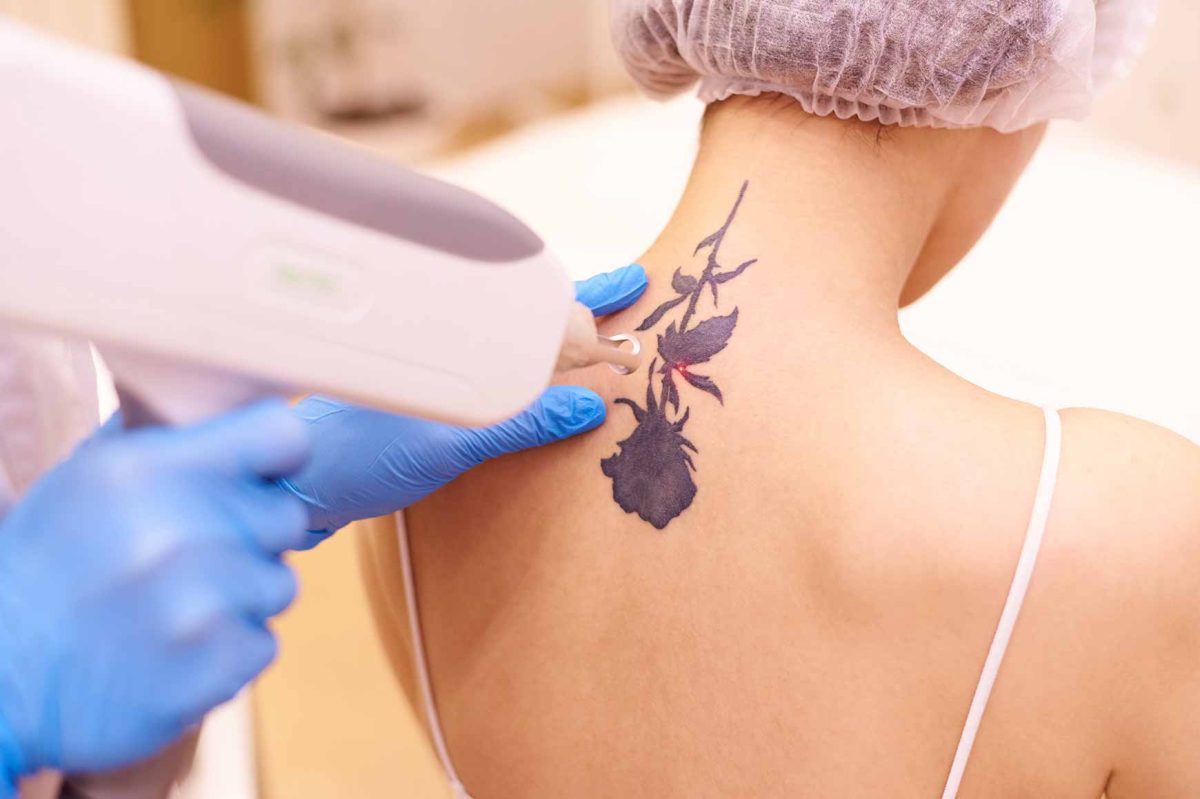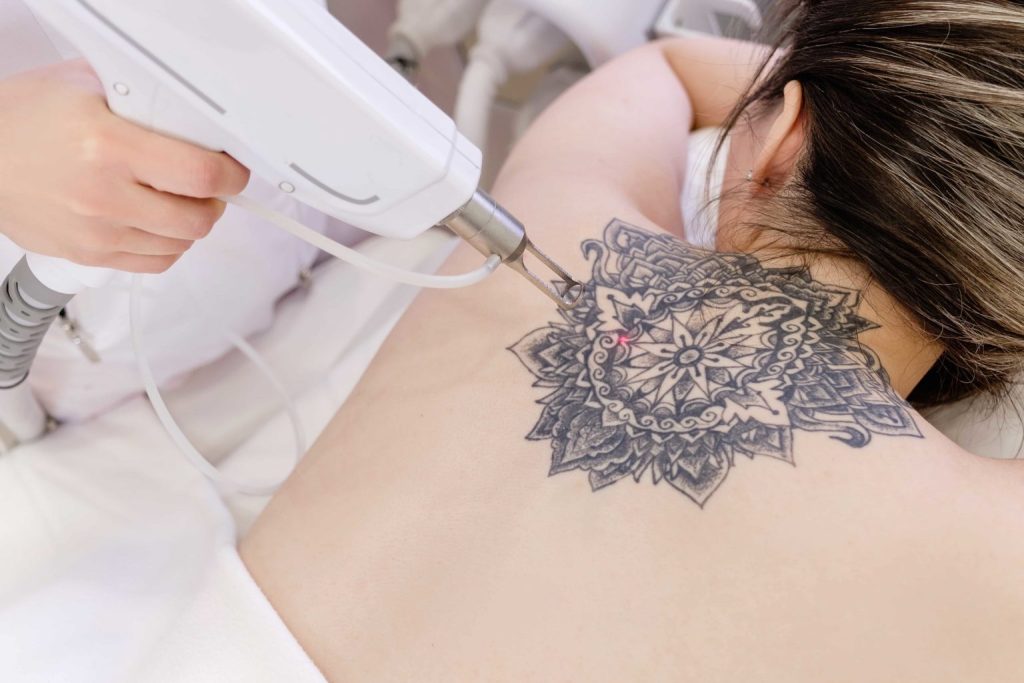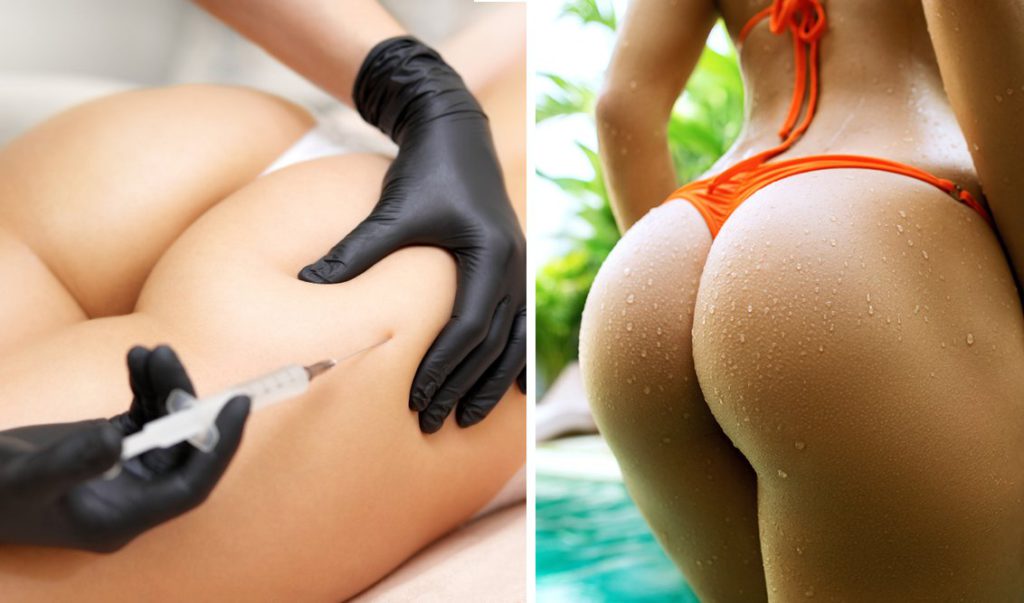Ever wondered what happens when Botox goes wrong? Botox is a popular cosmetic treatment, but sometimes botulinum toxin injections don’t go as planned. This post dives into the mishaps, side effects, and real-life horror stories of botulinum toxin injections and cosmetic surgeries gone wrong. Learn how to spot the signs of a bad Botox job involving botulinum toxin and what steps to take if you find yourself in this unfortunate situation.
We’ll cover everything from droopy eyelids to frozen faces, ensuring you’re well-informed before making any decisions about your botox treatment. Understanding these risks, such as botulism from a botox injection or surgeries, can save you from potential embarrassment and health issues. Stick around to get the lowdown on avoiding a Botox disaster and ensuring your beauty treatments are safe and effective.
Understanding Botox Complications
Botox Uses
Botox is a popular treatment. It is used both cosmetically and therapeutically.
In cosmetics, Botox reduces wrinkles. It smooths the skin on the face.
Therapeutically, it treats conditions like chronic migraines. It can also help with muscle spasms and excessive sweating through a botox treatment.
How Botox Works
Botox works by blocking nerve signals to muscles. This causes temporary paralysis of those muscles.
When injected into facial muscles during a botox session, it reduces the appearance of wrinkles. The skin looks smoother and younger.
The effects usually last for three to six months. After that, the muscle action returns, and wrinkles may reappear after a botox session.
Potential Complications
Understanding potential complications is essential. Informed consent means knowing the risks before treatment.
Common side effects include:
-
Bruising at the injection site
-
Headaches
-
Drooping eyelids or eyebrows
More serious complications are rare but can occur. These include difficulty swallowing or breathing if Botox spreads beyond the target area.
Importance of Informed Consent
Before getting Botox, discussing possible risks with a doctor is crucial. Knowing what to expect helps make an informed decision.
Signs of Botched Botox
Asymmetry
Asymmetry is a clear sign of botched Botox. One side of the face may appear different from the other after a bad botox session. This can happen if the botox injections are not evenly distributed. For example, after a bad botox session, one eyebrow might be higher than the other.
Drooping Eyelids
Drooping eyelids, or ptosis, is another common issue. This occurs when Botox spreads to unintended areas. It can make it hard to open your eyes fully after a bad botox session. This condition usually lasts for a few weeks.
Uneven Smile
An uneven smile can also indicate bad Botox results. If the botulinum toxin injections from a bad botox session affect the muscles around the mouth, one side might droop. This makes smiling look awkward and unnatural.
Headaches
Headaches are less obvious but significant signs of improper Botox injection techniques. These headaches can be mild or severe. They often occur soon after the botox treatment.
Muscle Weakness
Muscle weakness is another subtle symptom. It can affect areas far from where the injections were given during a botox session, resulting in bad botox. This happens when too much Botox spreads beyond the targeted area.
Dissatisfaction
Botched Botox often leads to dissatisfaction. People invest time and money expecting positive changes. When results are poor, like after a bad botox session, it leads to regret and frustration.
Decreased Self-Confidence
Decreased self-confidence is a major emotional impact of bad Botox treatments. People may feel embarrassed about their appearance. This can affect social interactions and mental well-being.
Real-Life Experiences
Many real-life experiences highlight these issues. For instance, someone might go to a non-certified botox provider and end up with drooping eyelids. Another person might attend botox parties and get fake Botox products, leading to uneven smiles.
Common Causes
Injector Experience
The experience of the injector plays a crucial role. Inexperienced injectors may lack the necessary skills. They might inject Botox into the wrong muscle. This can lead to complications.
Experienced injectors understand facial anatomy. They know how much product to use. Proper technique reduces risks. Botched Botox outcomes are less likely with skilled professionals.
Technique Matters
Technique is as important as experience. Injectors must use precise techniques. Incorrect injection techniques can cause issues. For example, injecting too deeply can affect nerves.
Proper technique ensures even distribution. It prevents lumps and asymmetry. Using the right needle size also matters. Skilled injectors follow these practices.
Communication Issues
Clear communication between provider and client is essential. Misunderstandings can lead to dissatisfaction. Clients need to express their goals clearly. Providers should explain realistic outcomes.
Lack of communication can result in unexpected results. Clients might be unhappy with the look. Inadequate provider-client communication affects overall satisfaction.
Non-Medical Settings
Botox injections should occur in medical settings. Non-medical settings pose risks. These include spas or beauty salons without medical oversight.
Non-medical providers might not have proper training. They may not follow hygiene standards. This increases infection risk. Always choose a licensed medical facility for Botox treatments.
Risks of Unqualified Injectors
Unqualified injectors can cause serious harm. They might use counterfeit products. These products can be dangerous and ineffective.
Qualified injectors use approved products only. They follow safety protocols strictly. This minimizes risks and complications.
Importance of Aftercare
Aftercare is vital for successful Botox outcomes. Providers should give clear aftercare instructions. Clients need to follow them closely.
Ignoring aftercare after a botox session can lead to problems like bruising, bad botox, or infection. Proper aftercare enhances results and reduces side effects.
Prevention Tips
Qualified Provider
Researching a Botox provider is crucial. Look for medical professionals with experience in cosmetic procedures. Check their credentials and certifications. Ensure they have a good track record.
Read reviews from other patients. Seek recommendations from trusted sources. Avoid providers with many negative reviews or complaints.
Thorough Consultation
A thorough consultation is essential. Discuss your goals and expectations with the provider. Ask about potential risks and side effects.
Understand the procedure fully before proceeding. Clarify any doubts you may have. This helps set realistic expectations.
Red Flags
Be aware of red flags. If the provider rushes through the consultation, reconsider. A qualified professional will take time to explain everything.
Avoid providers who offer unusually low prices. Cheap procedures can be risky. Safety should be the priority.
Injection Site
Ensure the injection site is clean and sterile. The provider should use new, sealed syringes. Proper hygiene reduces infection risk.
Ask about aftercare instructions. Follow them carefully to avoid complications. Proper care at home is crucial for recovery.
Invasive Interventions
Botox is minimally invasive but still requires caution. Ensure the provider follows all safety protocols. Avoid non-medical settings for Botox injections.
Choose clinics with proper medical facilities. This ensures you get professional care if complications arise.
Safety Over Cost
Prioritize safety over cost. Choosing a cheaper provider can lead to poor results, bad botox, or complications. Investing in a reputable provider ensures better outcomes.
Identifying Treatment Errors
Normal vs. Botched
After receiving Botox, it’s normal to experience some side effects. These include mild swelling and bruising. Redness at the injection site is also common.
However, certain symptoms indicate a botched treatment. Drooping eyelids or eyebrows are major signs. They can occur if the Botox spreads to unintended areas. If you notice asymmetry in your face, this could also be a problem from a bad botox session.
Another sign is difficulty swallowing or speaking. This happens if the Botox affects nearby muscles. Severe pain or infection at the injection site after a botox session should not be ignored. Seek medical advice immediately if these occur.
Keeping Records
It’s important to keep detailed records of any adverse effects after your Botox injections. Note the date and time of your treatment. Record any symptoms you experience and their severity.
Take photos of your face before and after the botox session to avoid bad botox. These can help track changes over time. Documenting everything provides valuable information for healthcare providers.
Share these records with your treating professional. They can help identify what went wrong. If necessary, they can adjust future treatments, including a botox session, based on this information.
Seeking Second Opinion
If you suspect a treatment error, consider seeking a second opinion from another qualified professional, especially after a botox session or bad botox. Look for someone experienced in injectable treatments.
A new perspective can be very helpful. Another doctor might spot issues that were missed initially. They can suggest corrective measures or alternative treatments.
Do not delay in seeking help if you feel something is wrong. Early intervention can prevent further complications.
Reversal and Correction
Additional Injections
etimes, additional injections can correct botched Botox. This option is often used to balance the appearance. If one side of the face looks different from the other, a surgeon may suggest more Botox. This helps even out the asymmetry.
In some cases, additional injections from a botox session can fix drooping eyebrows or eyelids caused by bad botox. The surgeon will inject small amounts into specific areas. This technique requires precision. Only experienced professionals should perform it.
Natural Resolution
Another option is to wait for the Botox to wear off naturally. Botox effects usually last between three to six months. Over time, the body absorbs the substance. The muscles gradually regain movement.
This approach requires patience. People might feel uncomfortable during this period. However, it avoids additional procedures or surgeries. It’s a safe and natural way to correct errors.
Emergency Services
Severe reactions or side effects need immediate attention. Symptoms like difficulty breathing, severe swelling, or intense pain require emergency medical services. These reactions are rare but serious.
If someone experiences these symptoms from a bad botox, they should seek help right away. Emergency rooms have the necessary equipment and expertise. Quick action can prevent further complications.
Consultation
Consulting with a qualified professional is essential before deciding on any correction method, especially for a botox session to avoid bad botox. A thorough consultation can help determine the best course of action for a botox session and avoid bad botox. The surgeon will assess the situation and provide expert advice.
During the consultation, people should ask about risks and benefits of a botox session and bad botox. They should also inquire about the surgeon’s experience with similar cases and bad botox. Proper consultation ensures informed cosmetic decisions.
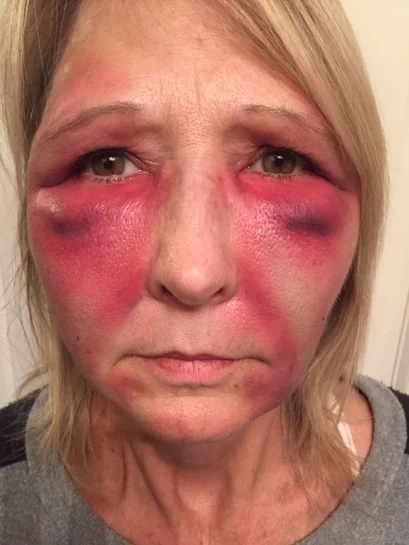
Cosmetic Surgery
In extreme cases, cosmetic surgery might be needed to correct botched Botox. This option is less common but sometimes necessary. Procedures like chin reduction, botox session, or other plastic surgeries can help restore appearance.
Cosmetic surgery involves more risk and recovery time compared to a botox session or bad botox. It’s important to weigh these factors carefully. Consulting with an experienced plastic surgeon is crucial for successful outcomes and avoiding bad botox.
Home Care for Better Results
Minimize Swelling
Applying ice can reduce swelling after Botox injections. Use an ice pack wrapped in a cloth. Apply it gently to the treated area for 10-15 minutes after the botox session to avoid bad botox. Avoid taking aspirin or ibuprofen as they can increase bruising after a botox session.
Avoid Certain Activities
Refrain from strenuous activities for at least 24 hours post-treatment after your botox session. Exercise can raise your blood pressure and worsen bruising. Also, avoid lying down for four hours after the appointment to prevent Botox from spreading to unintended areas.
Gentle Facial Exercises
Gentle facial exercises may help distribute Botox evenly. Lightly frown, smile, and raise your eyebrows several times a day to avoid a bad botox session. These movements can help achieve more balanced results.
Follow Provider’s Instructions
Always follow the post-treatment care instructions given by your healthcare provider after a botox session to avoid bad botox. These guidelines are tailored for optimal results. Providers often suggest avoiding alcohol and excessive sun exposure.
Stay Hydrated
Drink plenty of water to stay hydrated. Proper hydration helps your skin heal faster and look healthier. It also aids in reducing swelling and bruising.
Monitor Your Progress
Keep an eye on your progress in the days following the botox session. Take photos to compare changes over time. If you notice unusual symptoms, contact your provider immediately.
Use Gentle Skincare Products
Use gentle skincare products on treated areas. Avoid harsh exfoliants and retinoids for at least a week after a botox session to prevent bad botox results. Opt for mild cleansers and moisturizers instead.
Schedule Follow-Up Appointments
Schedule follow-up appointments with your plastic surgeon if necessary, especially after a botox session or bad botox. They can assess the results of the botox session and make any needed adjustments to avoid bad botox. Regular check-ins ensure long-term satisfaction with your botox session and cosmetic treatment, avoiding bad botox.
When to Seek Professional Help
Severe Side Effects
If experiencing severe side effects, seek professional help immediately. Difficulty breathing is a serious symptom that requires urgent attention, especially after a bad botox session. Vision changes also indicate a need for immediate consultation. These symptoms can signal complications from the Botox treatment.
Contact a healthcare provider right away. They can assess your condition and provide necessary interventions. Do not delay seeking help if you notice these severe reactions after a botox session or bad botox.
Contacting the Provider
For unsatisfactory results, contact the original provider. Discuss your concerns openly with them. They may offer solutions or corrective measures.
The provider might suggest adjustments or additional treatments. This can help improve the results and address any issues. Clear communication with your provider is crucial for resolving problems effectively, especially before a botox session.
Consulting a Plastic Surgeon
Consider consulting a plastic surgeon for expert advice. They specialize in correction and prevention strategies. A plastic surgeon can evaluate your situation thoroughly.
They might recommend further treatments or procedures, including a botox session, to correct the issue. Expert guidance from a plastic surgeon ensures you receive the best care possible, avoiding bad botox and ensuring a successful botox session.
Summary
Botox can be a game-changer, but complications are real. Recognize the signs of botched Botox early to avoid long-term issues. Understanding the causes and prevention tips can save you from a lot of hassle, including a botox session gone wrong or bad botox.
If things go south after a bad botox session, know how to correct and care for it at home. Always seek professional help if needed. Stay informed and proactive about your beauty treatments. Got questions or concerns? Reach out to experts today!
Frequently Asked Questions
What are the common signs of botched Botox?
Common signs of a bad botox session include uneven eyebrows, drooping eyelids, and asymmetrical facial expressions. If you notice these, consult your provider.
How can I prevent Botox complications?
Choose a certified and experienced provider. Follow pre- and post-procedure instructions carefully to minimize risks of a bad botox session.
Can botched Botox be corrected?
Yes, in many cases. A skilled practitioner can use additional treatments or allow time for the effects of a bad botox session to wear off naturally.
What should I do if I experience side effects at home?
Apply ice to reduce swelling and avoid strenuous activities. If symptoms persist, seek professional medical advice.
When is it necessary to seek professional help after Botox?
Seek help if you experience severe pain, difficulty breathing, or signs of infection like redness and fever after a botox session or bad botox.
How long does it take for Botox complications to appear?
Complications from a bad botox session can appear within a few hours to a week after treatment. Monitor your results closely during this period.
What are the most common causes of Botox going wrong?
Inexperienced practitioners, incorrect dosage, and improper injection techniques are common causes of bad botox during a botox session. Always choose a qualified professional.











